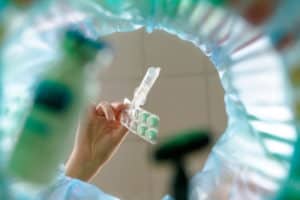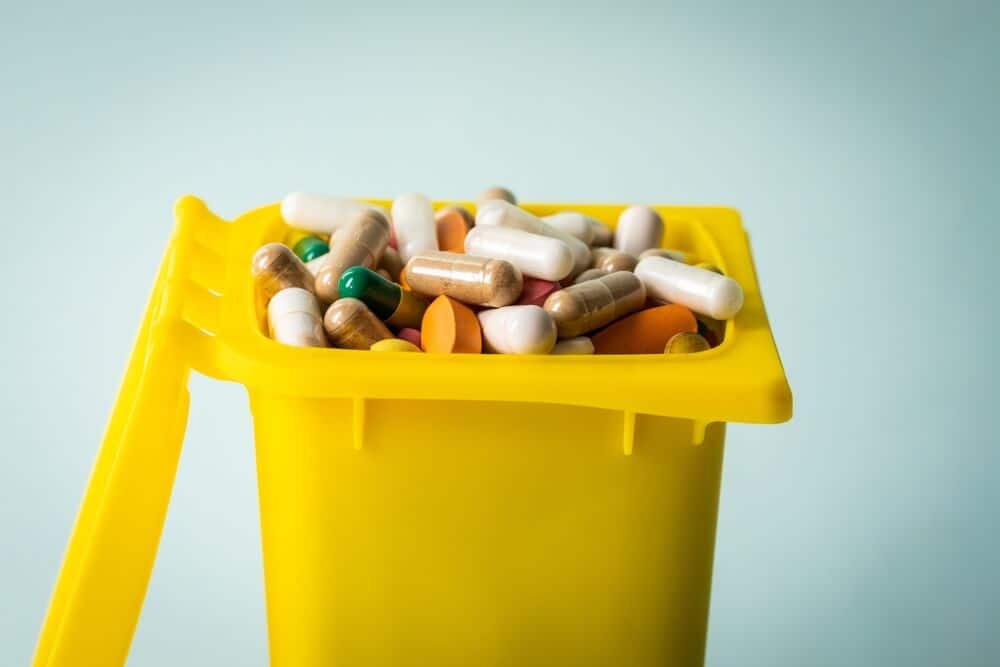When faced with the challenging task of cleaning up an environment contaminated with drug residues, one can’t afford to cut corners. This isn’t just about cleaning; it’s a matter of public health. The drug biohazard cleanup process must be meticulous, and understanding the key steps can help both clients and contractors better manage this delicate issue.
Whether it’s methamphetamine or fentanyl, each drug presents unique challenges that demand a specialized cleanup approach. In this article, we will walk you through the Scene Clean’s process for drug biohazard cleanup, aiming to provide you with a clear, comprehensive guide to what’s involved.
Evaluation and Testing

Why Is Preliminary Testing Necessary?
Think of the initial phase as going to the doctor for a diagnosis before a treatment plan is developed. Contractors need to understand the scope and nature of the contamination before devising a cleaning strategy. To do this, an evaluation of the scene is essential, followed by sample testing to determine the type and concentration of the drug residue.
How Is Testing Done?
After the evaluation, samples are taken from various surfaces in the contaminated area. These samples are sent to an independent lab in Utah, specializing in this type of analysis. Based on the results, contractors can determine the time, effort, and specific methods needed for cleanup.
Results Interpretation
After receiving the test results, the next step is to interpret these findings. The results inform us about the type and quantity of drug residue present. Depending on the drug involved, different cleaning protocols are applied. For instance, the cleanup process for fentanyl may differ significantly from that of methamphetamine due to the substances’ different properties and risks.
Drug-Specific Cleanup Approaches
Fentanyl
When dealing with fentanyl, attention is often focused on common touchpoints and lower surfaces. Why? Fentanyl particles are akin to baby powder and tend to settle downward. Contractors must pay extra attention to floors, furniture undersides, and other lower surfaces during the cleaning process.
Methamphetamine
Meth residues, on the other hand, often pervade walls, floors, and even ceilings. Whether the space was used for meth smoking or manufacturing, the residue tends to stick everywhere, requiring a more extensive cleaning approach.
Cleanup Process Timeline
The amount of time required for a thorough cleaning varies based on the type and concentration of drug residue present. While some cleanups can be completed in several days, others might extend over a week or two. The key is to ensure that the environment is made safe and compliant with all relevant guidelines and regulations.
Conclusion

Handling a drug-contaminated environment isn’t a job to be taken lightly. From initial evaluation and lab testing to the implementation of a tailored cleaning strategy, each step of the process is critical for ensuring a thorough and safe cleanup.
By understanding the intricacies involved in Scene Clean’s drug biohazard cleanup procedure, you are better equipped to manage these complex situations effectively. With the health risks associated with drug residues, nothing less than a meticulous, professional approach will suffice. Contact Scene Clean today to learn more about our drug biohazard cleanup process.






